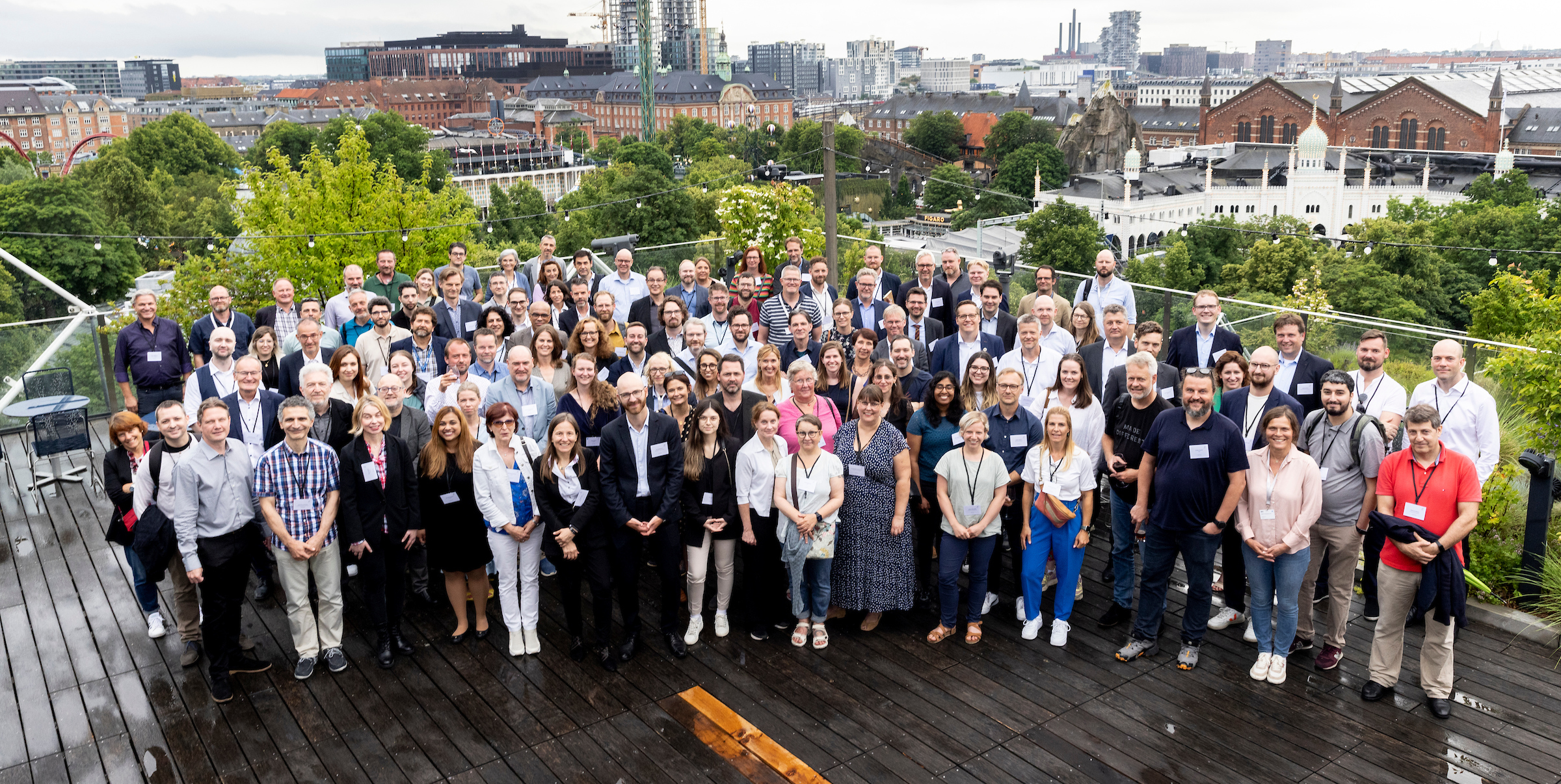To ensure that the advent of AI doesn’t conflict with European values and the 450 million EU citizens, the European Commission, more than half of the Member States and 128 partners have allocated €220 million to establish world-class testing and experimental facilities, called TEFs, around Europe. These TEFs will act as filters and safeguards between technology providers and society to ensure that the EU remains the place where AI excellence thrives – from lab to market – in a trustworthy manner for every citizen in Europe and beyond.
What is a TEF?
TEFs are permanent facilities in the European Union where complex digital technologies can be tested in real-world settings, physically and through simulation: from robots and artificial intelligence to networking protocols and data processing and management.
The easiest way to understand what the TEFs do is to look at them as a sort of safety filter between emerging digital technologies – such as AI, robotics, quantum etc. – and citizens.
This filter – the initial four TEFs – tests these technologies in real-life settings and so-called “living labs” before they reach infrastructure, society, companies, and consumers. The filter aims to turn complex technology with pointy ends into something softer and more society- and human-ready. Into good products, basically.
That’s what one might expect from any other sector, but these technologies are new, so the TEFs are setting up new and permanent ways to bring AI solutions safely and swiftly to market.
One could also look at the TEFs as a digital version of the Euro NCAP (the European New Car Assessment Programme) crash test system, which tests the safety of vehicles today.
Four testing facilities handle different areas
The AI testing and experimental facilities program consists of four TEFs: AI-Matters, TEF-Health, agrifoodTEF and CitCom.ai that cover such distinct areas as manufacturing, healthcare, agriculture and food, and finally, cities and communities.
These four testing facilities will be open for business by January 2024, with some services starting already in July 2023.
You can follow the official launch online via this video streaming link.



